Weather strategy for coastal racing
Published on October 13th, 2020
Chelsea Carlson is a degreed meteorologist and lifelong sailor who has ‘tied the knot’ between the science of weather and the strategy of sailboat racing. She’s the meteorologist for the US Sailing Team and has a variety of racing experience from one design dinghies to navigating keelboats offshore.
As founder of SeaTactics, she shares how expert weather knowledge can elevate sailing strategies to gain a competitive edge:
It’s easy to see how weather knowledge can play a critical role in distance racing, where predicting race-dominating wind shifts and fronts can make or break an entire race strategy. But what about around-the-buoy racing where the leg length is often no more than a mile, and the race is no more than an hour?
Can the weather really make an impact in short-course, around-the-buoy racing?
I’m asked this question regularly. The way I see it, if you’re talking about the type of forecast you get from TV or a weather app, than probably not. Knowing the wind will be southwest at 10-15 knots is helpful for planning, but not for racing strategy.
But what if you already had knowledge of how the wind works around clouds so when you saw them approaching the race course, you knew what strategy to put in play during the race? Or if you knew when and how the sea breeze would fill in and shift as the afternoon went on?
I decided to put this into my sailing practice after I got my meteorology degree, and our teams were consistently able to gain advantages (sometimes small, sometimes large) on the course that turned into improved results using some practical weather strategies. Sure, occasionally there were days that the weather didn’t present us with any obvious signs to work with, but when there was something significant, it was a game changer.
One particular example was during an Etchells race in the Biscayne Bay Series, just before the start. Clouds had encased the left side of the course while the right side remained sunny and cloud-free. During the team’s pre-race chatter I advised, “Get off the line and go right!”
Turns out that the top 5 boats to the windward mark, including our team, executed that exact plan. So, my answer is yes, weather can 100% affect a short buoy race – and as with anything in sailing, the more knowledge you have about the variables, the better.
Here are my top 3 rules of thumb for weather strategy, even if you know nothing else about the forecast.
————
1. Sail under blue skies.
Time and time again, it’s proved to pay when we sail on the sunnier side of the course and away from areas of clouds – if there is difference from one side to the other. Clouds mean rising air, which creates a lull in wind speed if you’re underneath them. It always pays to look up!
2. My recipe for the sea breeze: +3 Degrees, “Lifting over Land, and Sinking over Sea”
Just like a flawless vanilla bean cake, there’s a perfect recipe for the sea breeze (though unfortunately less delicious).
The land needs to be at least 3 degrees warmer than the water, AND we need a mechanism to create lifting air over land (usually heating from the sun) and sinking air over the sea. You can almost pinpoint what time a simple sea breeze will begin based on when the difference in temperatures is 3 degrees.
There *is* a third magic ingredient that’s much more dynamic – the gradient wind. There are actually 4 different types of sea breezes that depend on the direction of the gradient wind. (Join our course to learn about all of the different sea breezes! See below.)
3. Sail close to land, if it’s on your left looking upwind (in the Northern Hemisphere)
Friction causes the wind to shift left over land in the Northern Hemisphere, which often leads to convergence of winds over the water. This is mainly noticeable when winds are close to being parallel to the shore.
————
If you knew all three of those tips already, good on ya – and I challenge you to take it a step further in our new online course, Weather Strategies for High Performance Sailing.
Going beyond just science lessons, this course is designed to bring you actionable sailing strategies using expert weather knowledge. We have an entire chapter on Clouds, the four types of sea breezes, Essential Weather Terms, and more!
The course is based online with weekly live sessions to talk sailing strategies, and it launches on OCTOBER 18th!
Scuttlebutt readers can get $50 off by using the code SCUTT50, only good through this October 17. Enrollment is capped (there are still some spots left!) so sign up as soon as you’re ready.
Learn more about the course/sign up right here: www.sea-tactics.com/course


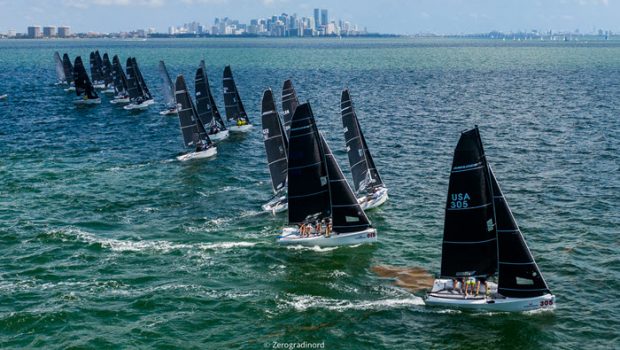


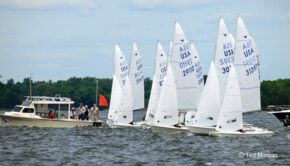
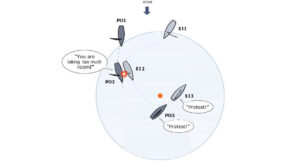
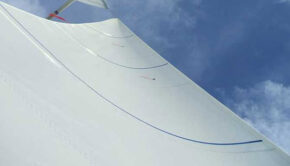
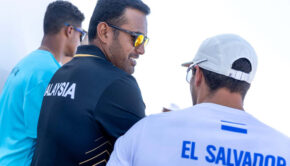
 We’ll keep your information safe.
We’ll keep your information safe.